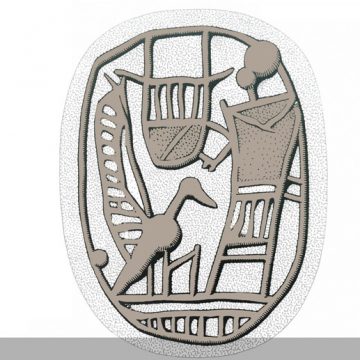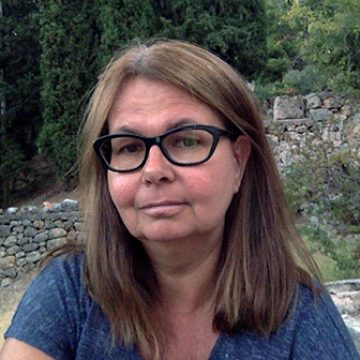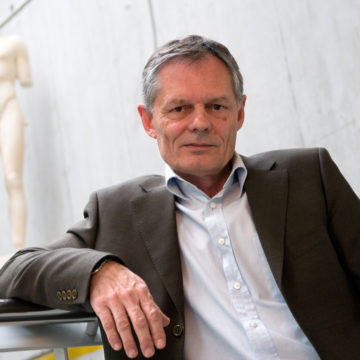Euboeans in Ischia
International Colloquium 14–17/05/2018
Twenty two years have passed since the colloquium „Euboica“, held in Naples in 1996.
A second colloquium „Pithecusa and Euboea between East and West“ (Euboica II) will be held in Lacco Ameno (Ischia) from the 14th until the 17th of May, organized by Teresa Elena Cinquantaquattro e Matteo D’Acunto.
Several members of the Swiss school will attend the conference and present papers.
Sandrine Huber (Université de Lorraine)
The Athenaion on the Acropolis of Eretria
The intermittently excavations the last 25 years of the sanctuary of Athena at the top of the acropolis in Eretria allows to explore the cultic plurality phenomenon of the Eretrians from a new point of view. The erosion and re-use of architectural blocks explain the substantial absence of architectural remains, what prevents from proposing a reconstruction of the sanctuary, whatever its period of activity; the archaeological data suggest cultic activities at least since the end of the 7th century BC to the beginning of the Hellenistic period. The location of the sanctuary at the top of the acropolis and the discussion on the numerous offerings and pottery, as well as on several clay architectural elements, suggest to restore a civic Athena in sides of a Paneuboean Artemis and a political Apollo. This paper will be a good occasion to broaden the discussion on the cult of Athena in Euboean contexts abroad.
Karl Reber – Thierry Theurillat (ESAG)
Finding Artemis. The Artemision at Amarynthos (Euboea)
The existence of a sanctuary of Artemis Amarysia at Amarynthos, the most revered shrine of the Eretrians, has been known for long thanks to ancient authors and inscriptions. Yet, despite its regional fame and prominence, the location of the Artemision has been a vexed question in Euboean topography for over a century, until recent excavations by the Swiss School in collaboration with the Ephorate of Antiquities of Euboea uncovered a monumental complex near the hill of Paleoekklisies, some 11 km east of Eretria. Stamped tiles bearing the name of Artemis, as well of dedications on stone to Artemis, Apollo and Leto discovered in 2017 now put the identification of these remains with that of the sanctuary of Artemis Amarysia beyond doubt.
The sanctuary reached its maximum extent with a monumental courtyard bordered by porticoes during the Hellenistic period, but limited evidence supports the antiquity of the cult. An Early Archaic monumental building in antis bordered by a roadway and a terrace wall has been partially excavated along with votive offerings from the eighth and seventh centuries BCE. Deep trenches have also yielded Middle and Late Geometric remains. Whether the origin of this place of cult can be traced earlier in relation with the Late Bronze Age site attested on the hill of Paleoekklisies is still a matter of conjecture. These pre-Classical phases of the sanctuary will be the focus of the paper.
Samuel Verdan (FNS - University of Lausanne)
Men and metals on the move: the case of “Euboean” gold
It is usually assumed that Euboean ventures overseas during the Early Iron Age, be it in the Aegean or the wider Mediterranean, were motivated by the search for metals. Yet, direct evidence of this is elusive, mostly because raw materials are rarely found in archaeological context and the exact provenance of metal in finished objects is difficult to assess. In the case of gold, however, a “Euboean” trail can be followed, linking colonial sites and the metropolis. Focusing on Eretria, Methone and Pithecusa, this paper will address issues related to the sources of the precious metal, the technical aspects of its metallurgy, and the economy of its circulation.




